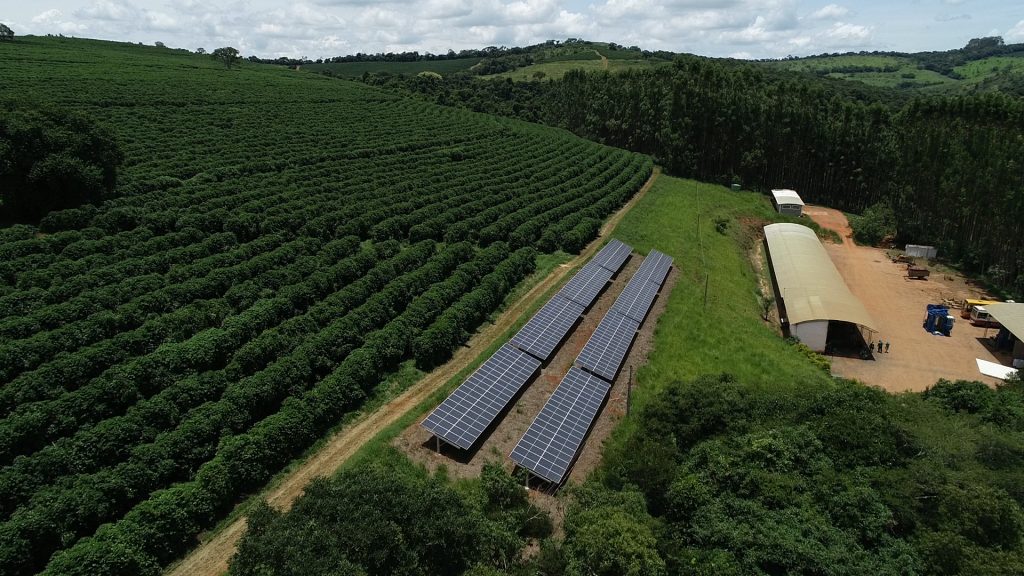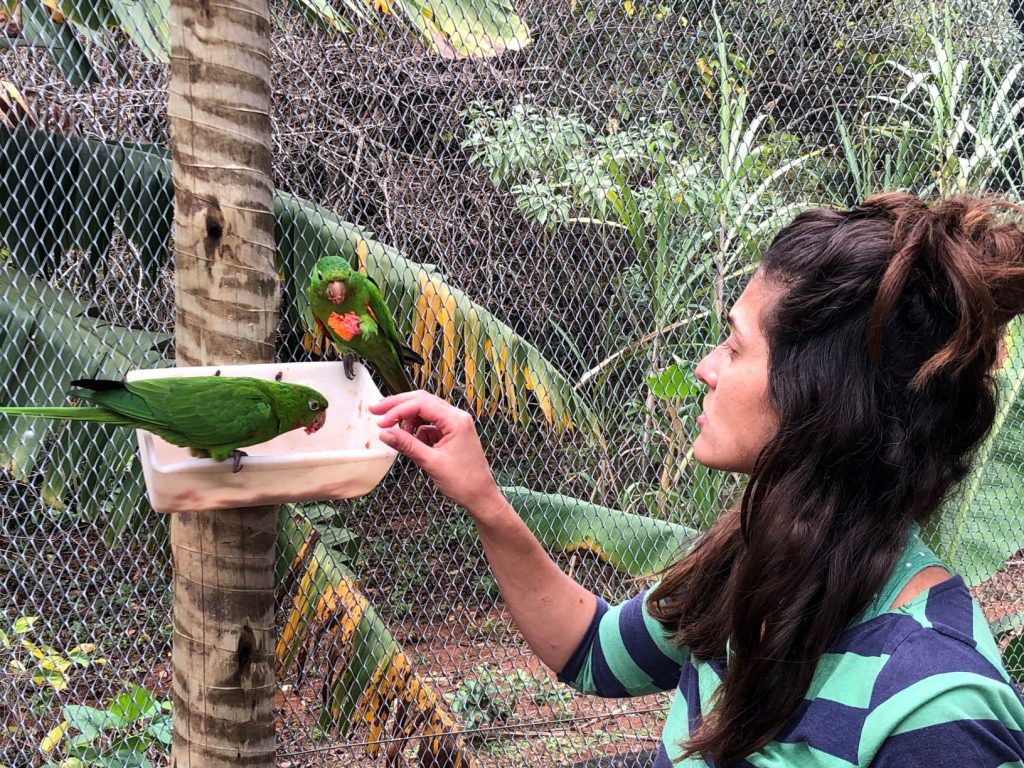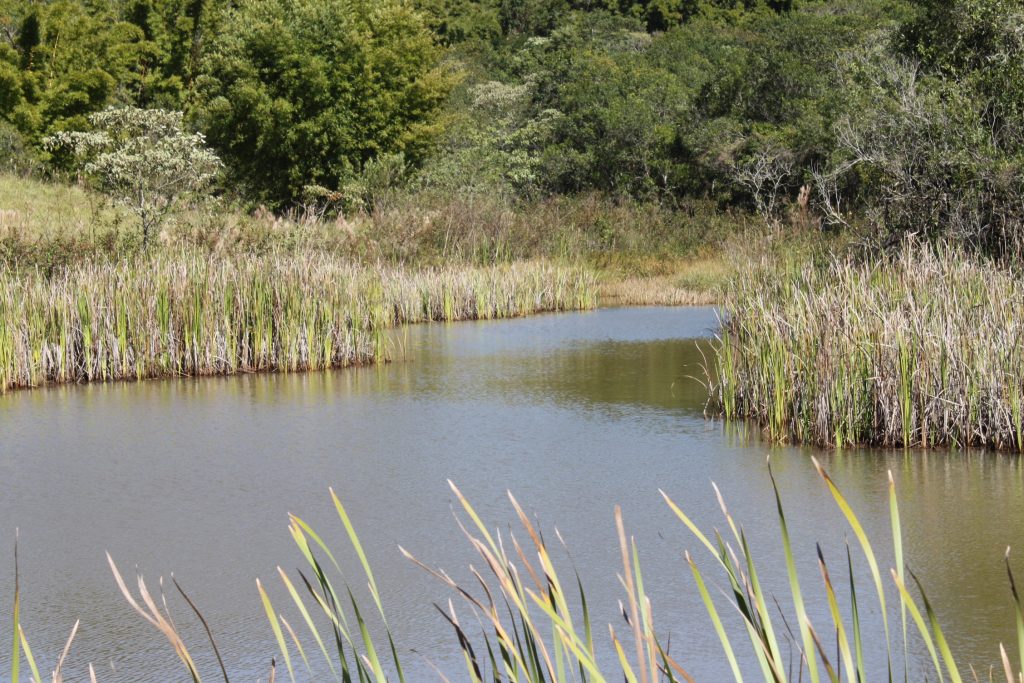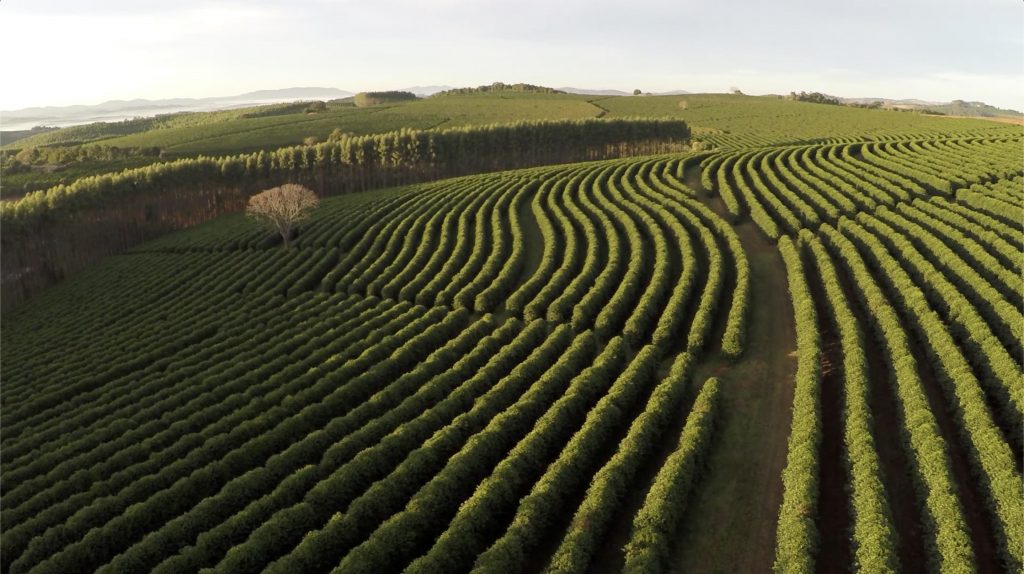Carbon Positive Coffee Farms

Pedro Gabarra’s Santo Antonio, Vertentes and Pinhal farms have received the final results of assessment and can now proudly claim to be Carbon positive coffee farm!
At Minas Hill, we want people to be as excited as we are about sustainable coffees. Choosing your supplier wisely can have a positive impact on the environment.
Pedro’s Pinhal Farm was named Brazil’s most sustainable farm in 2019. In excess of 40% of Pedro’s farmland is preserved, when only required by Brazilian law to preserve 20%. The Gabarra-Teixeira family is committed to protecting the natural habitats around his farms, and educating the community on the importance of preservation, with a continual focus on improving methods of soil erosion. Local children are involved in tree planting as part the Children’s Education Program. Pedro and his sister Mariana are proud to be able to provide quality, traceable, single-origin coffee from their Carbon Positive farms.
Read more about Pedro Gabarra here.

What it means to be carbon positive
“To receive the certification of a Carbon Positive farm is a reassurance that the path we’ve chosen to follow for some years is bringing good results. It is a prize for all the work and efforts put into being a sustainable farm”, Mariana Gabarra says. To accomplish this, a third party and specialised company collected activity data to calculate emissions by GHG sources and removals by carbon sinks covered withing the organisational and operational limits of the farms. The base period, or reference period, defined for carrying out the inventory as from January to December 2020.
The total removal of CO2 was mainly achieved by the areas planted with eucalyptus, with a great potential for sequestration of carbon promoted by its rapid growth and consequent gain in timber volume. This activity was responsible for offsetting 84.42% of emissions. Sequestration of carbon in the existing native forests was responsible for the second largest source of removals (offset), corresponding to 10.92% of the total, followed by coffee plantations, responsible for 4.66% removals.
In addition, Mariana says they started to use S10 Diesel (less pollutant) in the entire fleet; implemented photovoltaic panels to generate clean every, started to control and treat effluents; and even to preserve a large native green area. And most importantly, these actions are enriching non-farmland areas with native species.

It doesn’t stop there. Mariana and Pedro Gabarra explain transformations are necessary and they have ambitious plans to progress sustainability at the farms. Some projects for 2021 include continuing to enrich areas with native trees, start collecting seeds from native trees and producing seedlings at the farm; implementing an area for the rehabilitation of mammals in addition to the existent area for rehabilitation of birds; continue supporting research and studies on the farms; growing more robust coffee varieties that are appropriate to the region and have good productivity and resistance; and seek more organic farming.

The carbon terminology
Understanding the carbon emissions terminology can help you choose the right supplier and contribute to real climate action.
- Carbon Neutral – emissions out = emissions removed… ZERO IMPACT
- Net Zero – emissions reduced are offset somewhere else… ZERO IMPACT
- Zero Emissions – no ‘ongoing’ emissions, but ‘imbedded’ emissions… ZERO IMPACT
- Low Carbon – compared to what numbers? How much lower? IMPACT?
- Carbon Positive or Carbon Negative emissions removed is greater than emissions out… POSITIVE IMPACT
…meaning you’re actively doing something to better the planet and its climate!